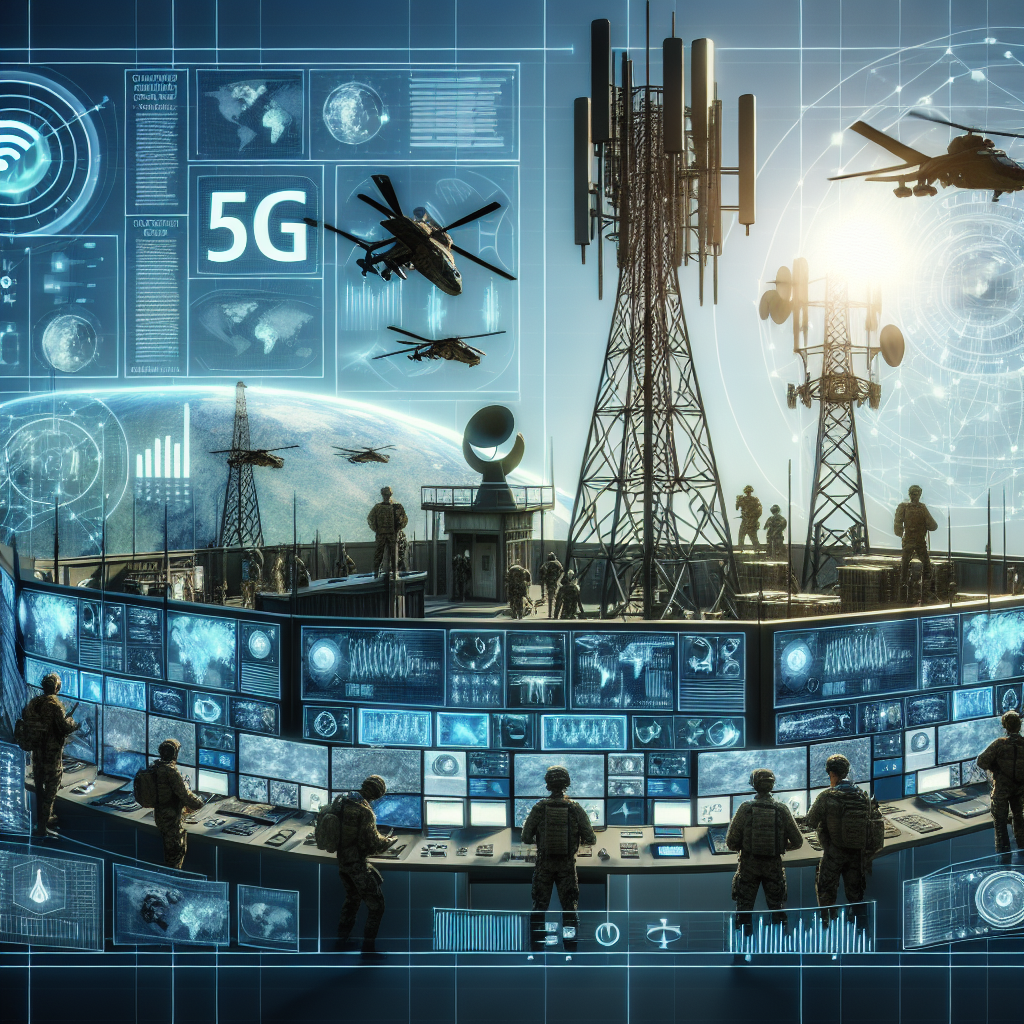China’s 5G Military Advancements: A Game Changer in Modern Warfare?
China’s 5G Military Advancements: A Game Changer in Modern Warfare?
Introduction to 5G in Military Context
China’s integration of 5G technology into its military operations is poised to revolutionize modern warfare. This advancement promises to enhance communication, improve data processing, and enable more sophisticated military strategies.
Key Features of 5G Military Integration
- Enhanced Communication: 5G offers ultra-fast, reliable communication channels, crucial for real-time decision-making on the battlefield.
- Data Processing and AI: The technology supports rapid data processing and artificial intelligence applications, allowing for advanced surveillance and reconnaissance.
- Autonomous Systems: 5G enables the deployment of autonomous vehicles and drones, increasing operational efficiency and reducing human risk.
Strategic Advantages
China’s 5G military advancements provide several strategic advantages:
- Operational Efficiency: Streamlined operations through improved logistics and supply chain management.
- Cybersecurity: Enhanced cybersecurity measures to protect sensitive military data.
- Global Influence: Strengthened geopolitical position through technological superiority.
Challenges and Concerns
Despite its potential, the integration of 5G in military applications raises several challenges:
- Security Risks: Potential vulnerabilities in 5G networks could be exploited by adversaries.
- Technological Dependence: Over-reliance on technology may lead to operational challenges if systems fail.
- Ethical Considerations: The use of AI and autonomous systems in warfare poses ethical dilemmas.
Conclusion
China’s advancements in 5G military technology represent a significant shift in modern warfare dynamics. While offering numerous strategic benefits, these developments also present new challenges and ethical considerations. As China continues to innovate, the global military landscape is likely to evolve, prompting other nations to adapt and respond to these technological advancements.
















